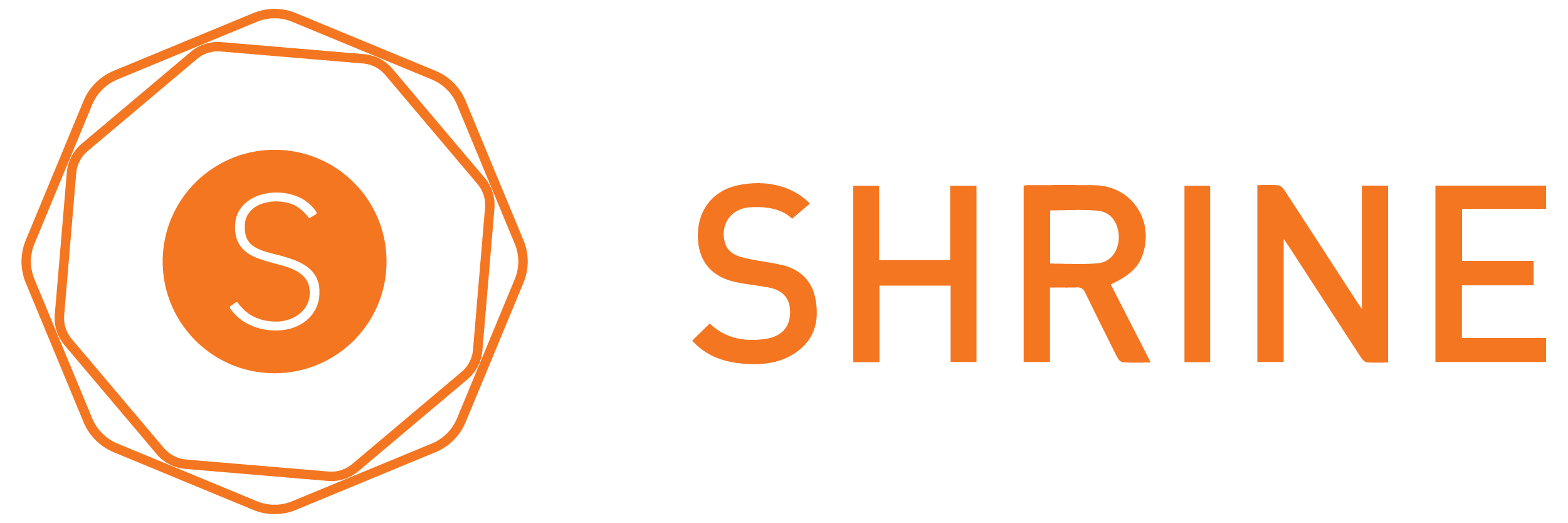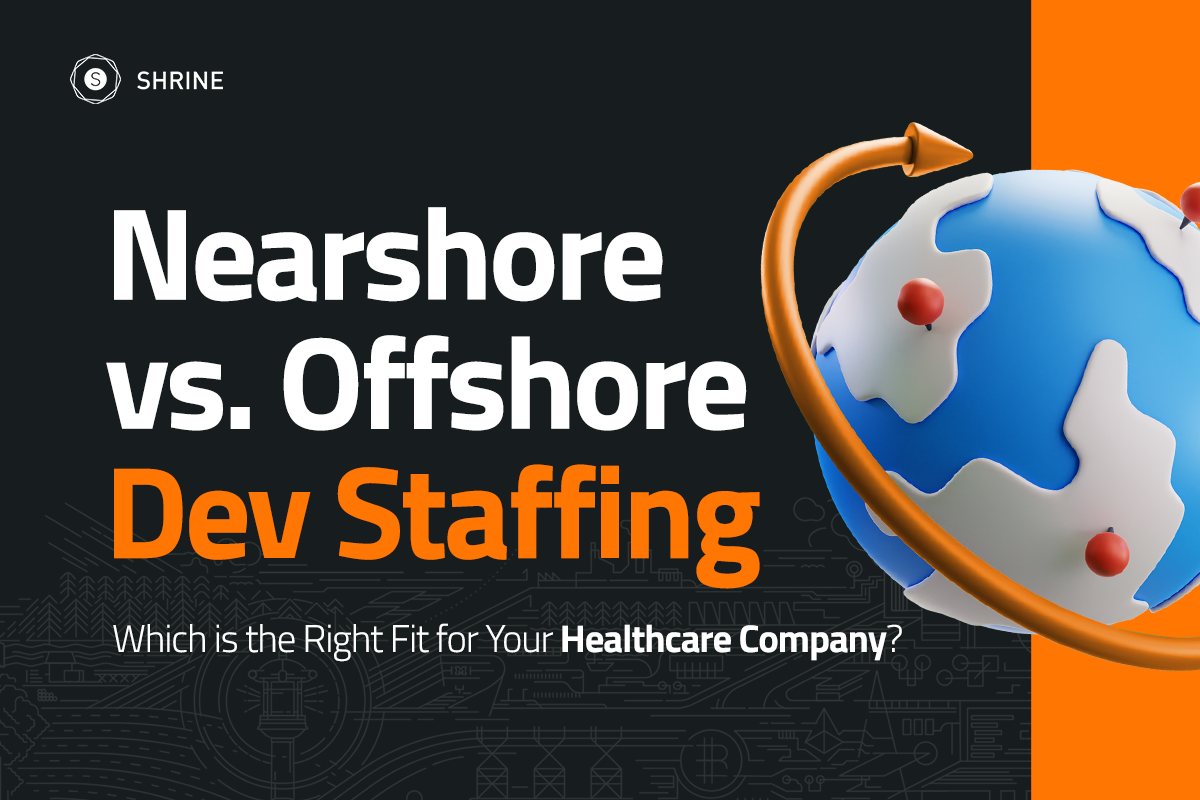The year is 2022. We are now in the midst of a sweeping change in how businesses and consumers connect on the web. What is driving this change? It stems around the idea of “lock-in.” The current major players on the internet—i.e., companies like Facebook and Google—are monopolies in many aspects; their users often feel locked into choosing these services because their networks and communities are on them. Unfortunately, this type of power can be exploited to separate and divide people as a way to sell more advertisements. However, the infrastructure established by these behemoths has been mission critical for how businesses and consumers interact today.
Changing this current monopolized state can seem hopeless. However, many of the most innovative thinkers in the world believe there is a path forward to break the stronghold of these behemoths. It is a path powered by blockchain technologies. These innovators have given this blockchain-powered path the name of “web3.”
What is web3?
Gavin Wood, co-founder of Ethereum, is attributed to first using the term web3 in 2014 to describe a new decentralized internet based upon blockchain technology. But a quick internet search of the term “web3” these days can lead you in many directions and to many opinions. In this explanation, for example, we are told, “‘web3 is attractive because it enables peer-to-peer interactions without centralized platforms and intermediaries.” It’s important to note that while intermediaries still exist in the web3 world, businesses and consumers can choose them with less fear of being locked into bad arrangements. In a web3 world you can decide not only what services you want to use, but you can also decline those services if they stop being useful. It is not that centralization is a “bad” thing. However, the issue with the “web 2.0” state is that those few behemoths have dominated the space. It has become difficult for users to move away from these services since that is where everyone is at—including both businesses and consumers. With this in mind, the behemoths can practice “rent-seeking,” which essentially means they can continually raise prices higher despite not providing any additional value.From Lock-in to Choice
The main aspiration of the web3 movement is to have the same ability to connect and collaborate like on Web 2.0 platforms, but to do so in a way that puts users in control. So, what does this mean for enterprises, startups and brands seeking to enter the web3 space? Here are a few points to keep in mind:- web3 is borderless. The peer-to-peer structure that uses blockchain technologies makes web3 borderless. This means a person in Pakistan has the same “rights” to web3 systems as someone in New York City. This is powerful. It promotes a more inclusive economy that is not based on where you were born or your economic status.
- web3 changes the way you connect with your communities. In the path forward, businesses can no longer count on rent-seeking behavior for revenues and profits. Instead, businesses must connect with their communities and give them a reason to stay. This makes it difficult to monopolize a market, and it can be perceived that it is harder to make profit. These are fair arguments. The point though is that web3 enables competition, which is necessary for any economic system to survive. Without competition there is little that can keep service providers honest.
- web3 is part of a new take on how a monetary system could work. Fiat currencies operate by providing a currency like the US Dollar, which is then used to facilitate trade. The gap between the value delivered and what was paid can be seen in energy terms. The person paying is indicating, “This service is valuable to me.” The person providing the service is essentially saying, “I am providing a service that allows me to receive more energy than I am putting out.” It’s a winner’s exchange and a deal that both sides would do again. However, the issue with fiat is that governments can skew this relationship by providing money for goods and services that people don’t necessarily want or need. With web3, creators can directly offer value to customers without having to bridge in and out of fiat currencies.
- web3 does not ignore current realities. To be clear, web3 is not based on ignoring reality or rejecting the current status quo for the sake of it. web3 is about consent and the ability to make choices legally. It is a new paradigm that strives to make access to fair economic systems universally available. We believe web3 has the power to propel our world in a positive direction.
- Governance looks different in a web3 world. When was the last time you heard about a company being banned from Facebook? It happens often. Contrarily, when was the last time you heard of a company being banned from Bitcoin or Ethereum? It doesn’t happen regularly. And, when it does, it is typically because the community around these networks decided that a given piece of functionality did more harm than good. In the web3 space, users can leave if companies become bad actors. This ability will force web3 startups, protocols and vendors to stay honest and ethical.




